What is ArchiMete
.
ArchiMete, like Archimedes, a great genius and inventor.
It is a tourist centre specialized in the sector of active and dynamic tourism. “Archi” refers to archaeology, history and culture; “Mete” refers to longed for and wished for destinations. The aim is to offer tourists the opportunity to create a “clever” holiday, which meets everyone’s expectations as much as possible.
ArchiMete is located in the middle of the Tramariglio bay, between a land and sea reserve: the Regional Natural Park of Porto Conte and the Marine Protected Area of Capo Caccia-Isola Piana. A natural landscape, where it is possible to spend holidays periods having fun in total relaxation, and giving in to your every whim.
Activities foresee dives (the area of Capo Caccia is one of the most famous in the world for its stunning underwater caves), snorkeling including a tour of the cliffs; kayaking and hiking. The renting of rubber boats offers the possibility to experience this corner of earthly paradise in the most real and personal way imaginable.
The land park
The sport centre ArchiMete Sardegna is located in the heart of the Regional Natural Park of Porto Conte, a natural protected area of great value created in 1999. The park covers an area of 5,350 hectares in the territory under the Municipality of Alghero, and presents very varied and unique landscapes. The coastal area is located between Capo Caccia on the western side and Punta Giglio on the eastern side; and is characterized by wide cliff ridges, which fall off into the sea; alternating with less steep stretches of rocks. Instead, the cape hinterland is dominated by soft and small hills where wild animals can often be spotted: from wild boars to deer; from fallow deer to weasels; including hedgehogs and the white donkeys of the Asinara, which can be seen within the state owned forest “Arca di Noè” (Noah’s Ark) at Le Prigionette, a few hundred metres far from the tourist centre ArchiMete Sardegna.
A few kilometres further north is the Baratz lake, the only natural lake of Sardinia and privileged destination of hiking, biking and riding tours, which passes through the area of Porto Ferro. Extending for half a kilometre, it is a real natural outdoor laboratory, thanks to the presence of several species of flora and fauna. On the lake’s shore the flourishing maquis include Cistus, wild rosemary, myrtle, lavender, and strawberry plants; and among the bushes, it’s easy to spot birds like the coot and the wild duck, while tortoises peep out a few inches from the surface of freshwater.
Another reservoir of great naturalistic and historic interest, is the pond of Calich, on the western side of Alghero, near Fertilia. The pond is inside the area of the regional park of Porto Conte and represents an ecosystem for different plants and faunal species. The Roman bridge stands out, and is, along with the Roman villa of Sant’Imbenia, one of the few ruins left of the Imperial Age.
We must go back about 6000 years, to the Neolithic age, to get an idea of the history of the Alghero territory. The area is full of stunning historical and archeological finds, dating back to the Prenuragic and Nuragic ages, like the hypogean necropolises of Santu Pedru (Saint Peter) and Anghelu Ruju (Red Angel, or rather the Devil), as well as the Nuragic villages of Palmavera and Sant’Imbenia; all places which are easily reachable from the tourist centre, ArchiMete Sardegna. Specifically, in Sant’Imbenia, during the Ninth century B.C., Phoenicians established an important commercial port by exploiting the natural shelter of the inlet of Porto Conte and the presence of freshwater springs.
…who works for us
Spin lobster: is the queen of Sardinia and a pleasant companion on every dive. Reticent but at the same time curious, it loves to parade its elegance right in front of your mask. A creature of habit, its feelers are always tuned to one program: the protection of nature.
Sea horse: one of the animals divers admire most for its nice look, but also for its elegant and slow moves. Its presence is a certainty for everybody, because it prefers natural and immaculate environments, where man’s presence is attentive and respectful towards nature.
Amberjack: is often a companion on wall dives and sea explorations. Its unmistakable silver dart lights the blue and is always exciting. It is rather shy and introverted, but as soon as it discerns the bubbles of divers in the distance, it gives a powerful whisk of its tail and curiously approaches.
Grouper: this silent and reticent fish is also very curious, and accompanies every dive taking place among ravines and seabed rocks. It is very jealous of its territory, but it also loves to parade around its strength and grandeur.
Barracuda: rapid, fast and silent. It is the predator par excellence of these waters and it often accompanies your descent and exit from the blue waters. The bubbles of divers are one of its favorite amusements, and it loves to parade along the shoal.
Dolphin: is the most playful collaborator of our staff. It darts, jumps, sings and often peeps out in the early morning from the calm stretch of the sea in front of Porto Conte. Sometimes it is cautious, but get to know him better and emotions are ensured.
Clawed lobster: faithful companion on many dives, above all, the ones in caves. Ravines are its kingdom, and lighting it up with a flashlight is sure to put it on its guard. It is very self-confident because it knows it can count on two powerful pincers…!
But that’s not all! As you can see from the pictures, there are lots of faithful companions of adventure to come across together!
We pay them well. We commit ourselves each day to protecting the environment in which they live; this is the most important part of our “holiday retreat” which lies between nature, history and freedom.
Alghero (L’Alguer)
.
Click on the image or here to enter the gallery
.
With 44 thousand inhabitants, it is the fifth most populated town in Sardinia. It is known all over the world as “Barceloneta”, meaning little Barcelona, because of its Catalan origins. Over the centuries, Alghero has been conquered numerous times; but it’s only as of the eleventh century, that its most recent history gets written. First, the foundation of the ancient village by the Doria, a noble family from Genoa; then a series of attempted conquests. The unsuccessful conquest attempt by the Pisans in 1283 was, instead, followed by the conquest of the area by the Catalans in 1353. Led by Peter IV of Aragon, nicknamed “The Ceremonious”, he conquered the town, thanks also to a famine and an epidemic plague which had weakened the area. This would mark the beginning of the Catalan influence, which would continue in time, despite the ruling of other conquerors. In the second half of the Fourteenth century, the crisis of the Aragon Kingdom allowed the “Giudicessa”, Eleanor of Arborea, and her husband, Brancaleone Doria, to conquer Alghero again. Then, the Spanish and the Savoia rulings followed in 1720. However, the Catalan culture had already entered into the DNA of this town, insomuch as the ancient version of Catalan is still spoken by the population today and still influences customs. Even public acts, roads signs, and the names of squares are both in Italian and Catalan, so that Alghero is considered to be a linguistic island: 35% of its inhabitants speak Catalan in an Alghero variation, resulting in a minor language recognized by the Italian Republic and the Sardinia Region.
Alghero is the chief town of the “Riviera del Corallo” (Coral Riviera), because of the huge quantity of red coral of the finest quality present in the seabed of the roadstead, and the coast which leads up to Capo Caccia. A natural and economic heritage which gave life to an out-and-out district specialized in the handcrafted processing of this organism. In the striking historical centre of Alghero, there are many laboratories and goldsmith’s shops where tourists have the opportunity to admire stunning masterpieces in coral and see the tricky stages of the processing. The “coral tour” is one of the experiences that those coming to Capo Caccia and Alghero cannot absolutely miss out on!
Activities
.
Click on the image or here to enter the gallery
.
Active ecotourism outdoors: marine, hiking, biking, riding and kayak routes
A land and underwater natural paradise. The area of Capo Caccia and of the Tramariglio bay is still now a privileged shelter for protected birds such as the griffon (Gyps fulvus fulvus), present in Sardinia, and above all in this area, in less than a hundred specimens; but also for the kestrel (falcus tinnunculus), the peregrine falcon (Falco peregrinus), the Corsican gull (Ichthyaetus audouinii) and the cormorant (Phalacrocorax carbo), which nests and hangs around the close Isola Foradada (Foradada island).
This area is also the perfect corner for lovers of hiking, riding and biking activities. In the small “Arca di Noè” (Noah’s Ark) reserve, close to Tramariglio, it is not unheard of to spot animals such as the wild boar, the little horse of the Giara and the fallow deer.
Some routes can be done by most of excursionists, while for other trips, experience, technical, and athletic skills are necessary. It is always advisable, for all concerned, to undertake the excursion wearing trekking boots, and to bring a small backpack with water and food supplies with a high energetic content; in addition to a change of clothes.
CLICK ON THE LINK ON THE LEFT TO DISCOVER ACTIVITIES!
The marine protected area
- Capo Caccia, west coast, and the entrance to the Nereus cave
- Dolphins at Capo Caccia
- The entrance of the big bay of Porto Conte. In the background Capo Caccia
- The coast along the bay of Porto Conte and one of the Spanish towers
The tourist centre ArchiMete Sardegna is located in the heart of the Marine Protected Area of Capo Caccia-Isola Piana; a protected reserve created in 2002 with the aim of protecting the natural and faunal heritage, which is unique in the world. Here, in fact, there is the highest concentration of underwater caves in the Mediterranean sea, which were a privileged refuge for monk seals until a few decades ago. Stunning and scenic ravines, rich in underwater flora and fauna, can easily be visited by groups of divers (however, a local diving guide must always be present). The marine area includes the fjord of Porto Conte, which reaches from Punta delle Gessiere on the northern-western side, across to the southern-eastern coast starting at Punta Giglio; ending up at the cape. The area is characterized by imposing chalky capes which rise up from the sea, and which are perfect shelters for birds like the Corsican gull, the Cormorant and the Rare Griffon; a bird which can reach a wingspan of around 3 metres. The marine area is divided into three areas; the “A” area is a full reserve where all activities are forbidden; while in the “B” and “C” areas, transit, diving, snorkeling, and fishing, with the required permit, are allowed.
The creation of the marine protected area meant a real turning point for the repopulation of the entire submarine world of this area.
Fauna: The marine protected area of Capo Caccia-Isola Piana has a fauna heritage which is unique in the world. The geo-morphological characteristics of the territory, specifically cliffs and chalky rocks, encourage the colonies of species such as sponges, lithophagous molluscs, and gorgonians belonging to the Eunicella and Paramuricea clavata species, including the scenic red and violet gorgonian which, in this part of Sardinia, finds its perfect habitat. Also the famous red coral (Corallium rubrum), finds the best conditions to root and grow here, and can easily be spotted in several caves, even at depths which are not so extreme (there are numerous colonies already at 5 metres in depth). A precious resource from a naturalistic standpoint, since coral is a very good environmental indicator; but also for the local economy, which has created a district for the hand-crafted processing of this organism which is unique in the world. This very important and historical element is also represented on the coat of arms of the Municipality of Alghero.
Waters and Caves of the marine protected area are also the perfect habitat for the Mediterranean spiny lobster (Palinurus elephas), companions on every dive in this area; for the red shrimp (Parapandalus narval), and clawed lobsters (Homarus gammarus); and for cicadas (Scyllarides latus) and crabs (Maja squinado). In the meadows of Neptune grass, (Posidonia oceanica) it is easy to spot funny sea horses (Hippocampus) and Pinna nobilis, in addition to cuttlefishes and bottom fishes like gobies, blotched picarels, blennies, marithes, green wrasses and mullets. Instead, the Necton environment offers close encounters with big pelagic fishes such as breams, sea basses, sea breams, groupers, sunfishes, congers and barracudas; the latter is easy to spot when returning from a dive. The protected area of Porto Conte and the steep coast of Capo Caccia are also an irresistible call to big cetaceans, like dolphins and grampus, which are easy to spot early in the morning.
Instead, cliffs and rocks which rise up from the sea, are the privileged refuge of several species of marine birds, like the Corsican gull (Ichthyaetus audouinii), the shag (Phalacrocorax aristotelis), the Cory’s shearwater (Calonectris diomedea), the shearwater (Puffinus puffinus) and the storm petrel (Hydrobates pelagicus).
Flora: The area protected by the Regional Natural Park of Porto Conte presents rich and flourishing greenery, and maquis, which alternate with forests of oaks (Quercus ilex); often rising up from the sea. The underwater world is rich in several species of brown and green algae, while sandy sea beds are dominated by meadows of Neptune grass (Posidonia oceanica). The nearest stretches of coast close to the river, on the contrary, see the flourishing of algae belonging to the Caulerpa and Cymodocea families.
Other informations
Search
Category
Tag Cloud
Archive
Febbraio 2022 (1)
Gennaio 2018 (1)
Maggio 2016 (1)
Gennaio 2016 (1)
Giugno 2015 (1)
Marzo 2015 (1)
Febbraio 2015 (1)
Ottobre 2014 (1)
Maggio 2014 (1)
Gennaio 2014 (1)
Ottobre 2013 (1)
Giugno 2013 (1)
Aprile 2013 (1)
Marzo 2013 (1)
Dicembre 2012 (1)
Settembre 2012 (1)
Agosto 2012 (1)
Febbraio 2012 (1)
Gennaio 2012 (2)
Dicembre 2011 (3)
Novembre 2011 (2)
Archimete 2.0

Questo opera è distribuito con licenza Creative Commons Attribuzione - Non commerciale - Condividi allo stesso modo 3.0 Unported.




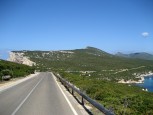
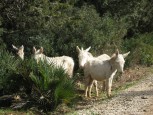

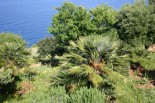
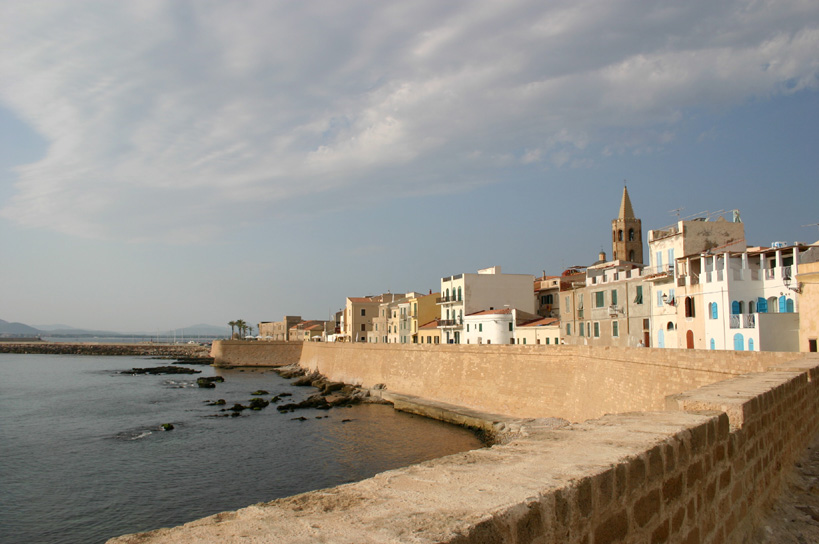
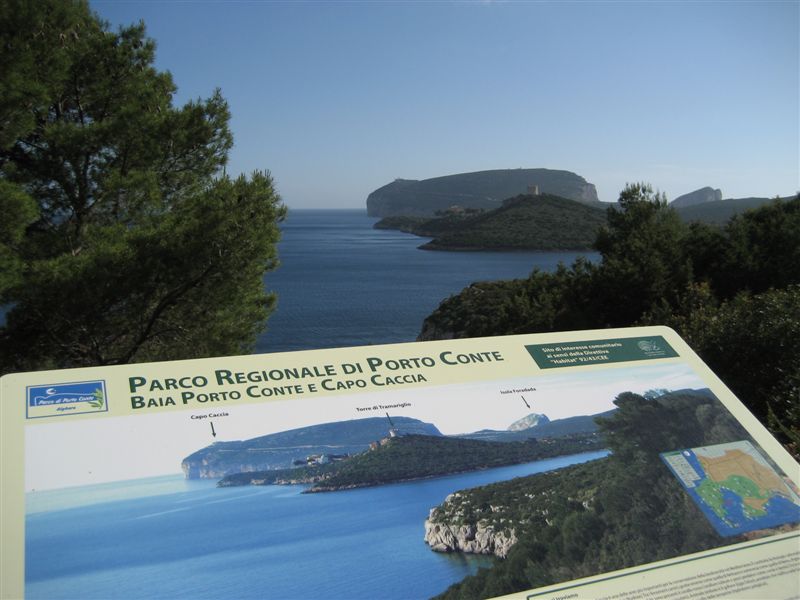
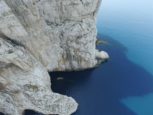
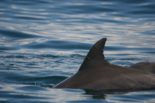

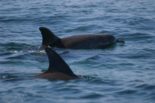


 RSS Blog
RSS Blog





